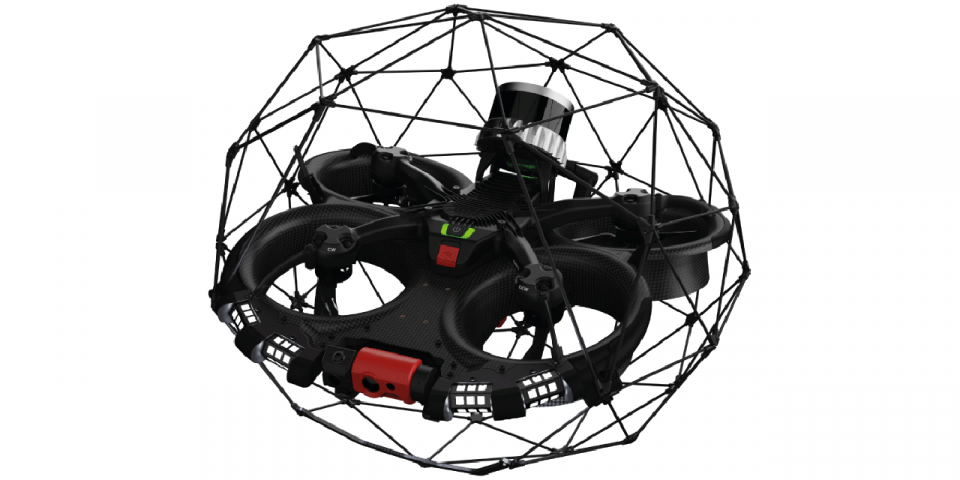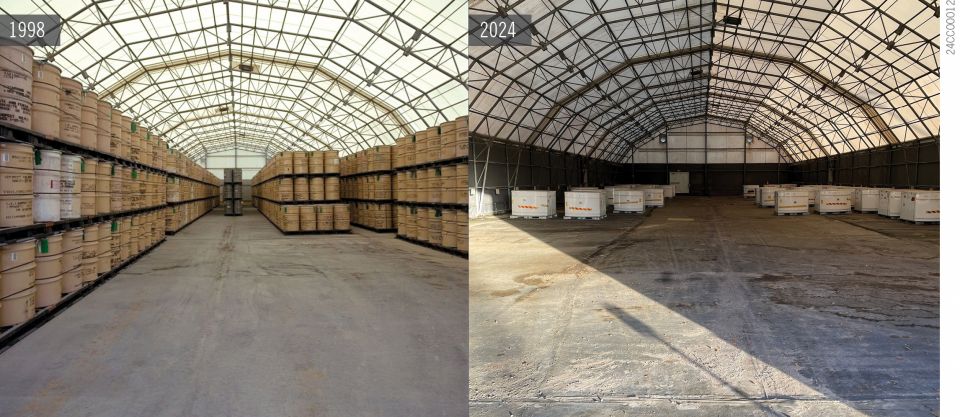RIPB safety case for TerraPower’s MCRE
Last month at the American Nuclear Society’s Risk-informed, Performance-based Principles and Policy Committee’s (RP3C’s) Community of Practice (CoP), Brandon Chisholm presented “Development of a Risk-Informed and Performance-Based Safety Case for TerraPower’s Molten Chloride Reactor Experiment (MCRE).” RP3C holds a CoP on the last Friday of the month from 3:00 p.m. to 4:00 p.m. (ET), and participation is open to all professionals interested in RIPB principles and practices. Chisholm’s January 26 presentation is available to stream on YouTube.
ARDP credit: Chisholm, a senior research engineer with Southern Company Services, emphasized that “MCRE effort is a U.S. Department of Energy Advanced Reactor Demonstration Project [ARDP] risk reduction award, primed by Southern Company with partners including TerraPower, Idaho National Laboratory, Core Power, and others.” MCRE (pronounced “McCree”), which supports a technology that could provide low-cost, clean energy for a sustainable future, will be the world’s first fast-spectrum, molten salt–fueled nuclear fission reactor to go critical . The project represents a significant inflection point in the technology demonstration road map for TerraPower’s molten chloride fast reactor (MCFR), as MCRE will inform the design, licensing, and operation of the MCFR demonstration reactor. Though it will not generate electricity, MCRE will operate at low power (below 500 kilowatts). As part of the environmental review in accordance with the National Environmental Policy Act, the DOE recently released the final environmental assessment and proposed finding of no significant impact for the design, construction, and operation of MCRE at INL’s Materials and Fuels Center. The reactor is scheduled to reach criticality later this decade.
Early steps: Currently, MCRE is in the preliminary design phase, and the project is focused on construction of a nonnuclear mock-up at TerraPower’s Everett, Wash., laboratory. The mission of MCRE is to measure reactor physics phenomena and test hypotheses about MCFR behavior to reduce uncertainty and provide foundational knowledge to support the development of the MCFR demonstration reactor.
The critical experiment has five objectives:
Safely achieve criticality with the first fast spectrum molten salt–fueled reactor.
Experimentally determine reactor physics and kinetics parameters to reduce uncertainty and gather data.
Demonstrate the fuel loading, fuel salt sampling/analysis, offloading, and general handling strategy for chloride fuel salt.
Initiate development of industry supply chain for key molten salt components operated in a high temperature and radioactive environment.
Collect operational/testing data to lay the foundation for an operating license for the MCFR demonstration reactor under a RIPB licensing framework.
Assorted experiments: Chisholm explained that MCRE is a relatively simple system designed to fulfill the experimental campaign, which comprises 21 distinct experiments. It will be installed in the National Reactor Innovation Center (NRIC) Laboratory for Operations and Testing in the US (LOTUS) test bed, the new name of the renovated Zero Power Physics Reactor (ZPPR) cell at INL. As such, the safety basis for the design will be authorized by the DOE.
 Safety design: Chisolm’s talk continued with reactor design. Its safety philosophy is built around satisfying the fundamental safety functions of heat generation control, heat removal control, retention of radionuclides, and shielding (for worker protection). The Licensing Modernization Project as described in NEI 18-04 (Rev. 1), Risk-Informed Performance-Based Technology Inclusive Guidance for Non-Light Water Reactor Licensing Basis Development, is being used to develop a safety case. The Safety Design Integration Team—comprising people from TerraPower, Southern Company, and INL—has completed one full cycle of the approach to systematically investigate the safety of MCRE and continuously integrate safety into the design. This represents “the first time that an RIPB approach has been applied to a liquid-fueled molten salt reactor,” said Chisholm.
Safety design: Chisolm’s talk continued with reactor design. Its safety philosophy is built around satisfying the fundamental safety functions of heat generation control, heat removal control, retention of radionuclides, and shielding (for worker protection). The Licensing Modernization Project as described in NEI 18-04 (Rev. 1), Risk-Informed Performance-Based Technology Inclusive Guidance for Non-Light Water Reactor Licensing Basis Development, is being used to develop a safety case. The Safety Design Integration Team—comprising people from TerraPower, Southern Company, and INL—has completed one full cycle of the approach to systematically investigate the safety of MCRE and continuously integrate safety into the design. This represents “the first time that an RIPB approach has been applied to a liquid-fueled molten salt reactor,” said Chisholm.
PRA: Probabilistic Risk Assessment (PRA) has been used to identify and select safety basis events which have been performed consistent with ANSI/ASME/ANS RA-1.4-2021, Probabilistic Risk Assessment Standard for Advanced Non–Light Water Reactor Nuclear Power Plants, and a PRA plan was developed for MCRE consistent with DOE-STD-1628-2013, Development of Probabilistic Risk Assessments for Nuclear Safety Applications. The GOTHIC code was used to develop a “systems-level” model of MCRE to consider the coupled thermal-hydraulic and nuclear kinetic responses of the system.
Risk assessment: Chisholm explained that a mechanistic source term (MST) was developed to enable assessment of risk in terms of frequency and consequence for MCRE safety basis events. The reactor’s structures, systems, and components (SSCs) were categorized as safety class, safety significant, or non-safety, based on DOE Idaho Operations guidance. The safety classification for MCRE’s conceptual design was conducted at the system level and will be flowed down to individual components as the design matures. Safety classification included consideration of uncertainties and associated design and safety margins. Criticality safety considerations play a significant role in MCRE SSC safety classification.
Defense-in-depth: MCRE’s safety case implements the RIPB evaluation of the defense-in-depth process described in NEI 18-04 (Rev.1). Margins associated with design maturity were incorporated via simplifying and bounding assumptions; margins associated with adequate defense-in-depth include elevation of certain functions to a safety significant classification, while those associated with parameter uncertainties have been handled by a combination of conservative assumptions, sensitivity studies, and quantification of uncertainty. Some of these may be able to be refined as additional data is gathered. Sensitivity studies will be conducted to understand relative importance to a variety of parameters (e.g., fuel salt performance characteristics). Analysis will be performed to characterize underlying empirical relationships in software (e.g., GOTHIC) and the applicability to MCRE’s flow regime. Comparison of simulation to as-built pumped salt loops (e.g., MCRE mockup, flush salt operations in MCRE) will provide opportunities for validation.
Accomplished: One full cycle of the risk-informed licensing process has been completed, including the following tasks:
- Identification of SBEs using the MCRE PRA.
- Evaluation of SBEs using the developed systems level model.
- Safety classification of SSCs based on frequency-consequence evaluations and consideration of defense-in-depth adequacy.
The proposed SSC classification has reached agreement of the Safety Design Integration Team, and the conceptual design report was submitted to the DOE in June 2023. The CoP looks forward to an update from Chisholm as MCRE continues to make progress.
Notes: The ANS Standards Board established RP3C to support knowledge sharing of the development and application of RIPB principles and practices within the nuclear industry. This CoP is considered part of the RIPB training activity under the RP3C. Links to nearly 40 CoP presentation recordings are available on the CoP’s webpage. N. Prasad Kadambi has chaired RP3C since 2013 and is continually recruiting presenters for the monthly CoPs. Contact standards@ans.org to inquire about being a presenter and for any questions.








